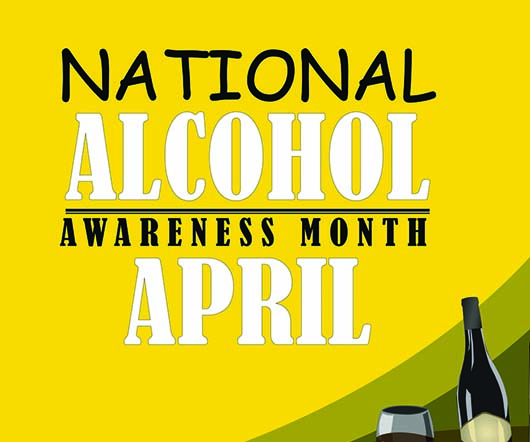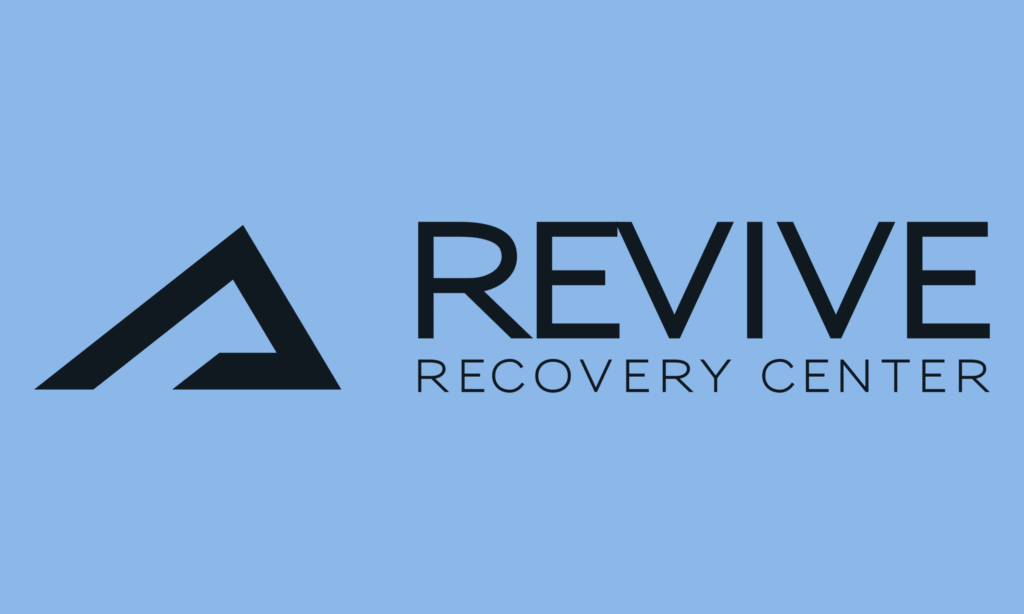The fun no longer outweighs the risks By Andrea Jones College and drinking: two concepts so closely linked that many students can’t conceive of one without the other. It may...
The fun no longer outweighs the risks
By Andrea Jones
College and drinking: two concepts so closely linked that many students can’t conceive of one without the other. It may be surprising to learn binge drinking among college students has dropped 13% over the past decade. While it would be foolish to pretend binge drinking isn’t still prevalent on many campuses, this is a very significant (and fortunate) decrease.
What’s behind the fall in binge drinking students?
What’s the reality of being a sober scholar, and can college be just as fun without drinking?
While many see binge drinking as more of a modern plague, young people have been drinking too much at college for a long time.
The National Institute of Alcohol Abuse and Alcoholism (NIAAA) reports some startling statistics:
- 1,825 college students between ages 18 and 24 die each year from alcohol-related unintentional injuries,
- 20% of students struggle with an alcohol use disorder each year,
- Over 690,000 are assaulted by another student who has been drinking,
- 97,000 become victims of alcohol-related sexual assault or date rape.
The long-term consequences
About 25% of college students report damage to their academic performance as a result of their drinking.
The consequences?
Missed classes, falling behind, doing poorly on exams or papers, and receiving lower grades. Most upsetting of all, more than 150,000 students each year develop an alcohol-related health problem.
Things have gone too far, and it was statistics like this that began to tip our academic establishments over the edge. Many colleges let drinking culture dominate so much that students were attending with the main intention of partying, not studying. For several schools, that was the last straw.
Frostburg State University is one college actively fighting against the domination of drinking culture, and the results are encouraging. When FSU president Jonathan Gibralter joined the college in 2006, over half the students said they binged on alcohol at least once every two weeks. There was a culture of 24-hour beer pong tournaments, dime beer nights, and even a “drink of the week” section in the student paper. Today, bi-weekly binge drinking at FSU has dropped dramatically thanks to a series of strict measures imposed by Gibralter. What were these methods?
Gibralter introduced a campus police patrol in student neighborhoods and launched a number of “dry” programs like crafts, magicians, and sober karaoke. He paid to train local bar employees and student group leaders on how to deal with drunken behavior, and new freshmen must now pass an online alcohol education course, with in-person counseling for those who seem at risk. Frostburg’s attitude reflects a growing national consensus, but it isn’t just the colleges cracking down on binging — students are too.
The rise of sober partying in the past couple of years highlights a new thirst for clean, conscious clubbing, and though this movement began in New York City, it quickly spread through much of the U.S. and is now a hugely popular global movement. Events like the No Lights, No Lycra sober dance party and the sober rave Morning Gloryville reflect a shifting attitude among many young people: Alcohol is not a requirement to let your hair down and have fun.
The popularity of sober partying has spread onto many campuses, and alcohol-free dance parties and raves are a welcome addition for sober students who don’t want to compromise on fun.
Be that as it may, it would be foolish to pretend that abstaining from alcohol at college is easy.


























